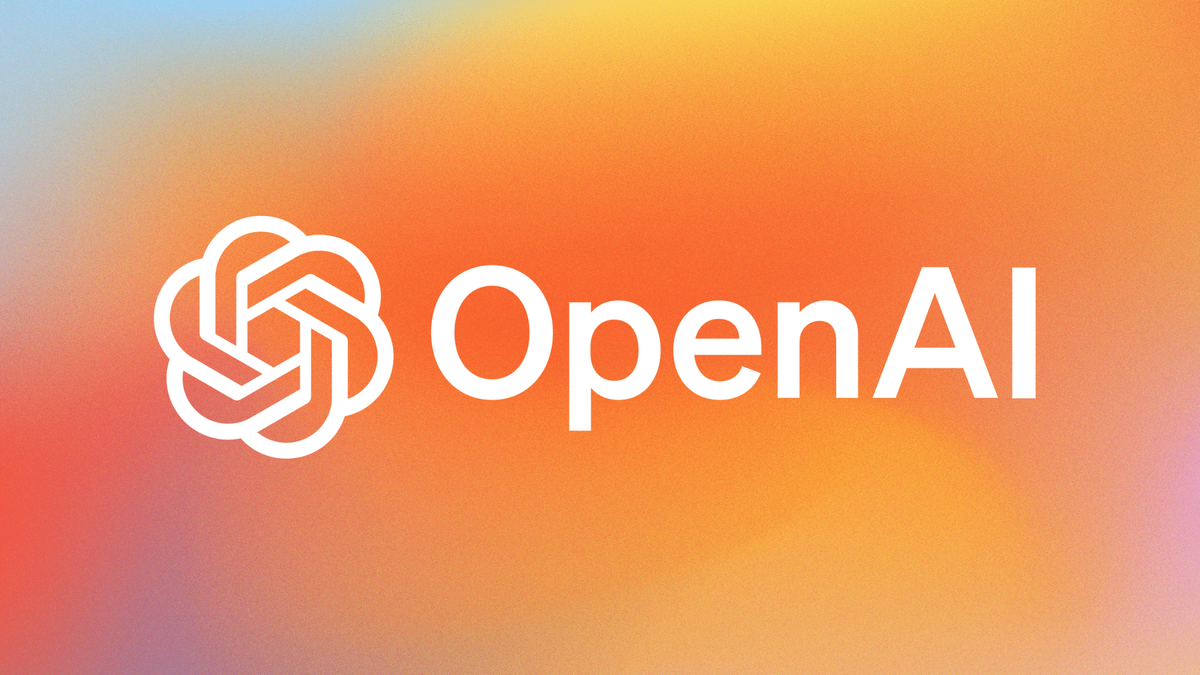OpenAI says AI detection doesn't work.

(But we already knew that.)
In a world where AI is increasingly becoming a part of our daily lives, the ability to detect AI-generated content has become a pressing issue for many. From Google using AI detectors for SEO ranking to colleges and employers implementing them to assess assignments and work, AI detectors have found dozens of applications. However, a recent FAQ posted by OpenAI has cast a shadow of doubt on the effectiveness of these detectors.
OpenAI recently released an FAQ stating that AI detectors, contrary to popular belief, do not work as intended. Despite the efforts of several organizations, including OpenAI itself, to develop tools that can accurately detect AI-generated content, none have proven to reliably distinguish between content generated by humans and AI. Tools like ZeroGPT, Turnitin, ConentAtScale, Crossplag, Originality and more have all proven to be ineffective, especially when passing AI content through WriteHuman.ai first.
The Unreliable Nature of ChatGPT Responses
ChatGPT, one of OpenAI’s language processing tools, exemplifies this issue. It has no “knowledge” of what content could be AI-generated and sometimes fabricates responses to questions like “did you write this [essay]?” or “could this have been written by AI?” Such responses are random and have no basis in fact, highlighting the shortcomings of AI detectors.
Mislabeling Human-Written Content
OpenAI’s research into the limitations of detectors revealed that these tools sometimes incorrectly suggest that human-written content was generated by AI. For instance, when OpenAI attempted to train an AI-generated content detector, it labeled human-written text like Shakespeare and the Declaration of Independence as AI-generated. This indicates a significant flaw in the detector’s ability to accurately identify the source of the content.
Disproportionate Impact on Non-Native English Speakers
Another concerning finding was that AI detectors could disproportionately impact students who learned or are learning English as a second language, and students whose writing is particularly formulaic or concise. This raises concerns about the fairness and inclusivity of using AI detectors in educational settings.
The Inability to Evade Detection
Even if these tools could accurately identify AI-generated content, which they currently cannot, students can make small edits to the content to evade detection. This further underscores the limitations of relying on AI detectors to assess the authenticity of content.
Alternative Approaches
While the current state of AI detectors is far from perfect, OpenAI says there are some approaches that educators and others have found helpful. One such technique is encouraging students to share specific conversations from ChatGPT. This approach has several benefits:
1. Showing Work and Formative Assessment: Educators can analyze student interactions with ChatGPT to observe their critical thinking and problem-solving approaches. Shared links enable students to review each other's work, fostering a collaborative environment. By keeping a record of their conversations with AI, students can reflect on their progress over time, seeing how their skills in asking questions, analyzing responses, and integrating information have developed. Teachers can also use these records to provide personalized feedback and support individual growth.
2. Information and AI Literacy: Students can demonstrate their ability to interact with AI and their understanding of its shortcomings. Educators can assess the quality of the questions asked, the relevance of the information obtained, and how well the student understood to challenge, double-check, and consider potential biases in that information.
3. Creating Accountability: Sharing interactions with the model ensures that students are held accountable for the way they use AI in their work. Educators can verify that students are engaging with the tool responsibly and meaningfully, rather than simply copying answers.
Preparing for the Future
In a world where AI detectors are proving to be unreliable and problematic, the need for a solution to bypass AI detection becomes critical. This is where WriteHuman.ai comes into play. WriteHuman.ai is a revolutionary tool designed to elevate AI-generated content to human perfection, making it undetectable by AI detectors. In a landscape where AI detectors can erroneously label human-written content as AI-generated and adversely affect non-native English speakers, WriteHuman.ai stands as a beacon of hope for ensuring fairness and inclusivity.
WriteHuman understands the importance of authentic content, especially in academic and professional settings. The tool helps users craft content that not only bypasses AI detection but also maintains the integrity and originality of the work. With WriteHuman, you can confidently submit your work, knowing that it will not be unfairly flagged by AI detectors, and will be judged on its merit rather than its origin.
Moreover, WriteHuman is not just about bypassing AI detection; it’s about empowering users to leverage the benefits of AI while maintaining a human touch. By refining AI-generated content to a level that mimics human perfection, WriteHuman ensures that the content remains engaging, coherent, and impactful. Whether you are a student looking to submit an assignment, an employee working on a report, or a content creator crafting an article, WriteHuman.ai is the indispensable tool you need to succeed in a world dominated by AI.
In Conclusion
The recent FAQ by OpenAI serves to highlight the appalling deficits AI-detectors face when accurately distinguishing AI-formed content. These insufficiencies cast doubt on the fairness, inclusiveness, and effectiveness of adopting AI-detectors across various realms - from SEO ranking to appraising pupil scholastic assignments or worker contributions. Although alternatives exist - for example, encouraging sharing ChatGPT conversations - it remains vital to doggedly pursue more reliable and fair-minded AI detection methods. Simultaneously, we must exercise caution and awareness about their limitations during their deployment. This is where tools such as WriteHuman become not merely valuable but crucial. WriteHuman guarantees that even as we strive to improve AI-detection methods, we can still harness AI's potential without concerns over unjust consequences thereby preserving originality and quality of work in a world where AI reigns supreme.

Comments ()